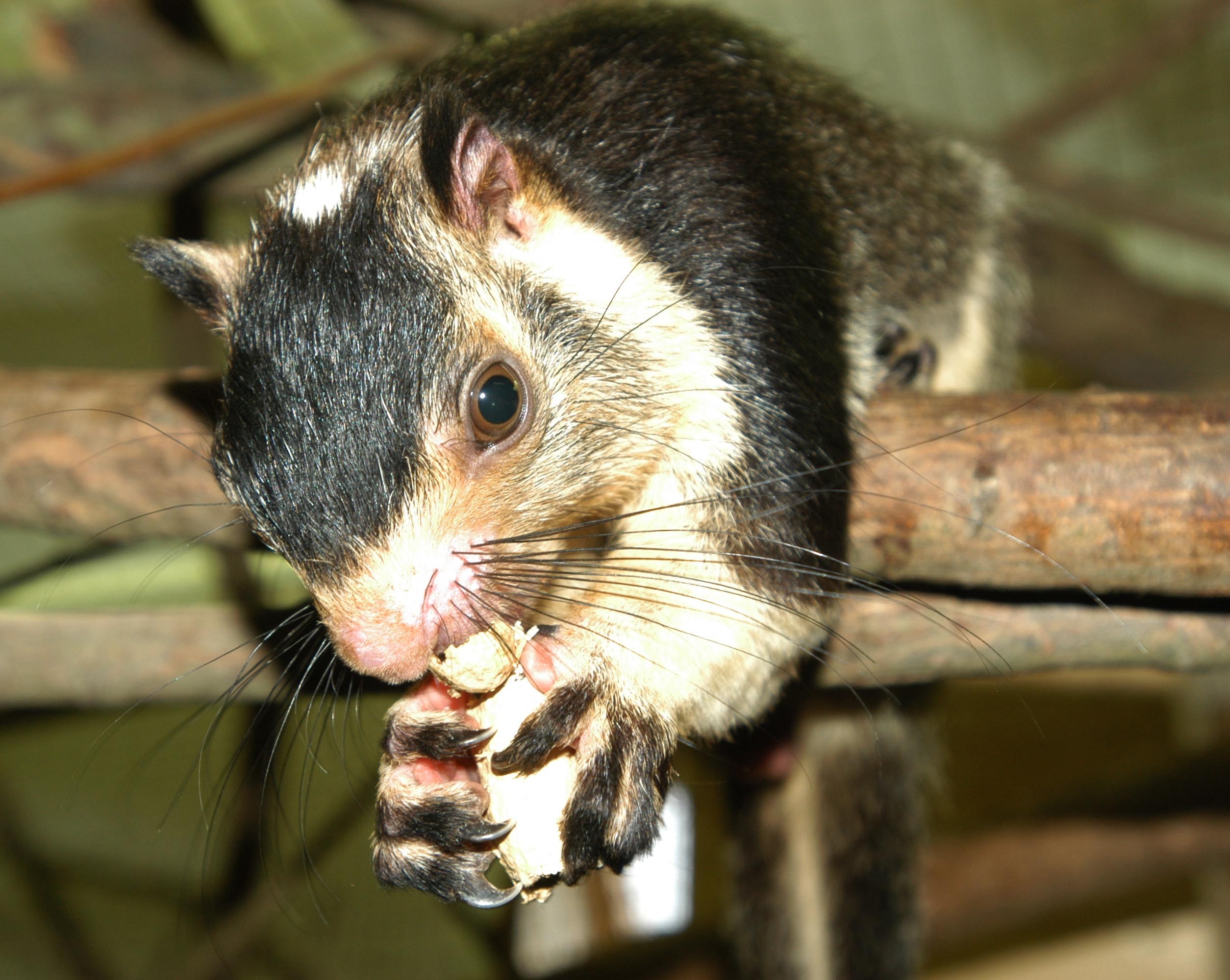|
Somosaguas Fossil Site
The Somosaguas fossil site is located in the Community of Madrid, in the Somosaguas campus, within the municipality of Pozuelo de Alarcón (Spain). The fossils found belong to the fauna of the Aragonian Stage (stratigraphy), continental stage (middle Miocene), about 14 million years ago. The sediments where the remains are found were deposited in an alluvial fan Depositional environment, sedimentary environment. The Paleontological site, site itself is formed by two zones with fossil presence, separated by : Somosaguas Norte, which occupies an upper Stratigraphy, stratigraphic position, and Somosaguas Sur. The site was discovered in 1989 by a geology student near the Faculty of Political Sciences of the Complutense University, when he observed bone fragments in the ground. The student reported the discovery to Professor Nieves López Martínez, who verified that the remains were fossils, and in turn reported it to the Department of Paleobiology of the Museo Nacional de Ciencias Na ... [...More Info...] [...Related Items...] OR: [Wikipedia] [Google] [Baidu] |
Langhian
The Langhian is, in the ICS geologic timescale, an age or stage in the middle Miocene Epoch/Series. It spans the time between 15.97 ± 0.05 Ma and 13.65 ± 0.05 Ma (million years ago) during the Middle Miocene.GeoWhen (2007) The Langhian was a continuing warming period defined by Lorenzo Pareto in 1865, it was originally established in the Langhe area north of Ceva in northern Italy, hence the name. The Langhian is preceded by the Burdigalian and followed by the Serravallian Stage. Stratigraphic definition The base of the Langhian is defined by the first appearance of foraminifer species ''Praeorbulina glomerosa'' and is also coeval with the top of magnetic chronozone C5Cn.1n. A GSSP for the Langhian Stage was not yet established in 2009. The top of the Langhian Stage (the base of the Serravallian Stage) is at the first occurrence of fossils of the nanoplankton species ''Sphenolithus heteromorphus'' and is located in magnetic chronozone C5ABr. The Langhian is coeval w ... [...More Info...] [...Related Items...] OR: [Wikipedia] [Google] [Baidu] |
Sediment
Sediment is a solid material that is transported to a new location where it is deposited. It occurs naturally and, through the processes of weathering and erosion, is broken down and subsequently sediment transport, transported by the action of wind, water, or ice or by the force of gravity acting on the particles. For example, sand and silt can be carried in suspension (chemistry), suspension in river water and on reaching the sea bed deposited by sedimentation; if buried, they may eventually become sandstone and siltstone (sedimentary rocks) through lithification. Sediments are most often transported by water (fluvial, fluvial processes), but also wind (aeolian processes) and glaciers. Beach sands and stream channel, river channel deposits are examples of fluvial transport and deposition (geology), deposition, though sediment also often settles out of slow-moving or standing water in lakes and oceans. Desert sand dunes and loess are examples of aeolian transport and deposition. ... [...More Info...] [...Related Items...] OR: [Wikipedia] [Google] [Baidu] |
Paleontological Chart
Paleontology, also spelled as palaeontology or palæontology, is the scientific study of the life of the past, mainly but not exclusively through the study of fossils. Paleontologists use fossils as a means to classify organisms, measure geologic time, and assess the interactions between prehistoric organisms and their natural environment. While paleontological observations are known from at least the 6th century BC, the foundation of paleontology as a science dates back to the work of Georges Cuvier in 1796 in paleontology, 1796. Cuvier demonstrated evidence for the concept of extinction and how life of the past was not necessarily the same as that of the present. The field developed rapidly over the course of the following decades, and the French word ''paléontologie'' was introduced for the study in 1822 in paleontology, 1822, which was derived from the Ancient Greek word for "ancient" and words describing relatedness and a field of study. Further advances in the field accom ... [...More Info...] [...Related Items...] OR: [Wikipedia] [Google] [Baidu] |


